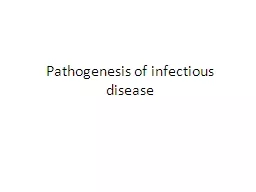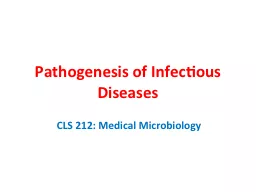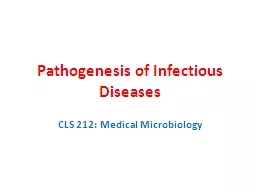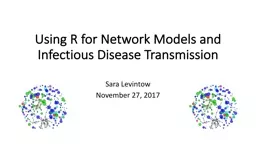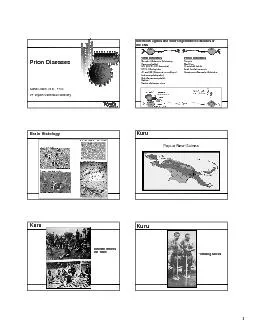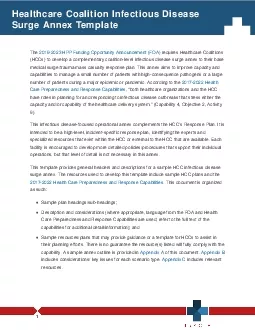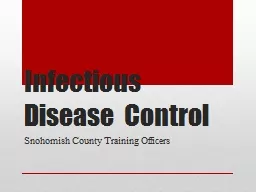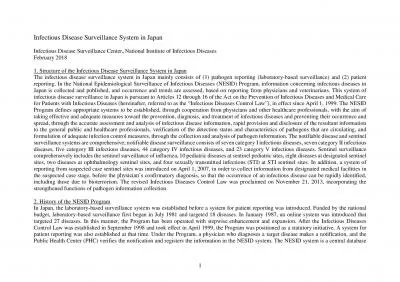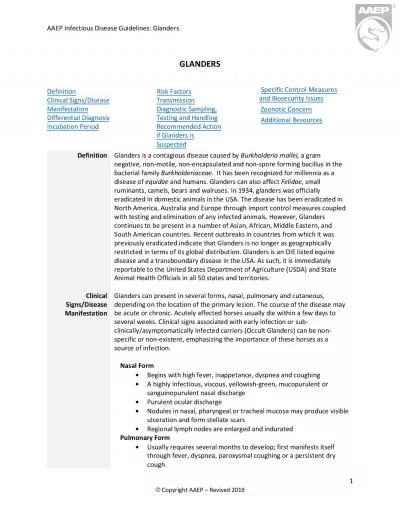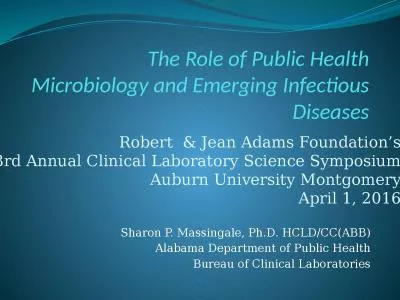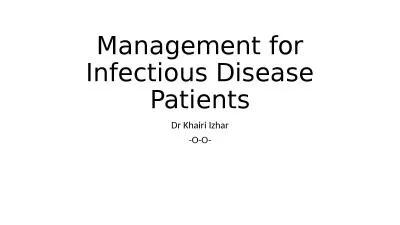PPT-Pathogenesis of infectious disease
Author : tawny-fly | Published Date : 2016-06-14
Path means disease Pathogens refer to microorganism capable to cause a disease Pathology the study of structural and functional manifestation of disease Pathologist
Presentation Embed Code
Download Presentation
Download Presentation The PPT/PDF document "Pathogenesis of infectious disease" is the property of its rightful owner. Permission is granted to download and print the materials on this website for personal, non-commercial use only, and to display it on your personal computer provided you do not modify the materials and that you retain all copyright notices contained in the materials. By downloading content from our website, you accept the terms of this agreement.
Pathogenesis of infectious disease: Transcript
Download Rules Of Document
"Pathogenesis of infectious disease"The content belongs to its owner. You may download and print it for personal use, without modification, and keep all copyright notices. By downloading, you agree to these terms.
Related Documents

